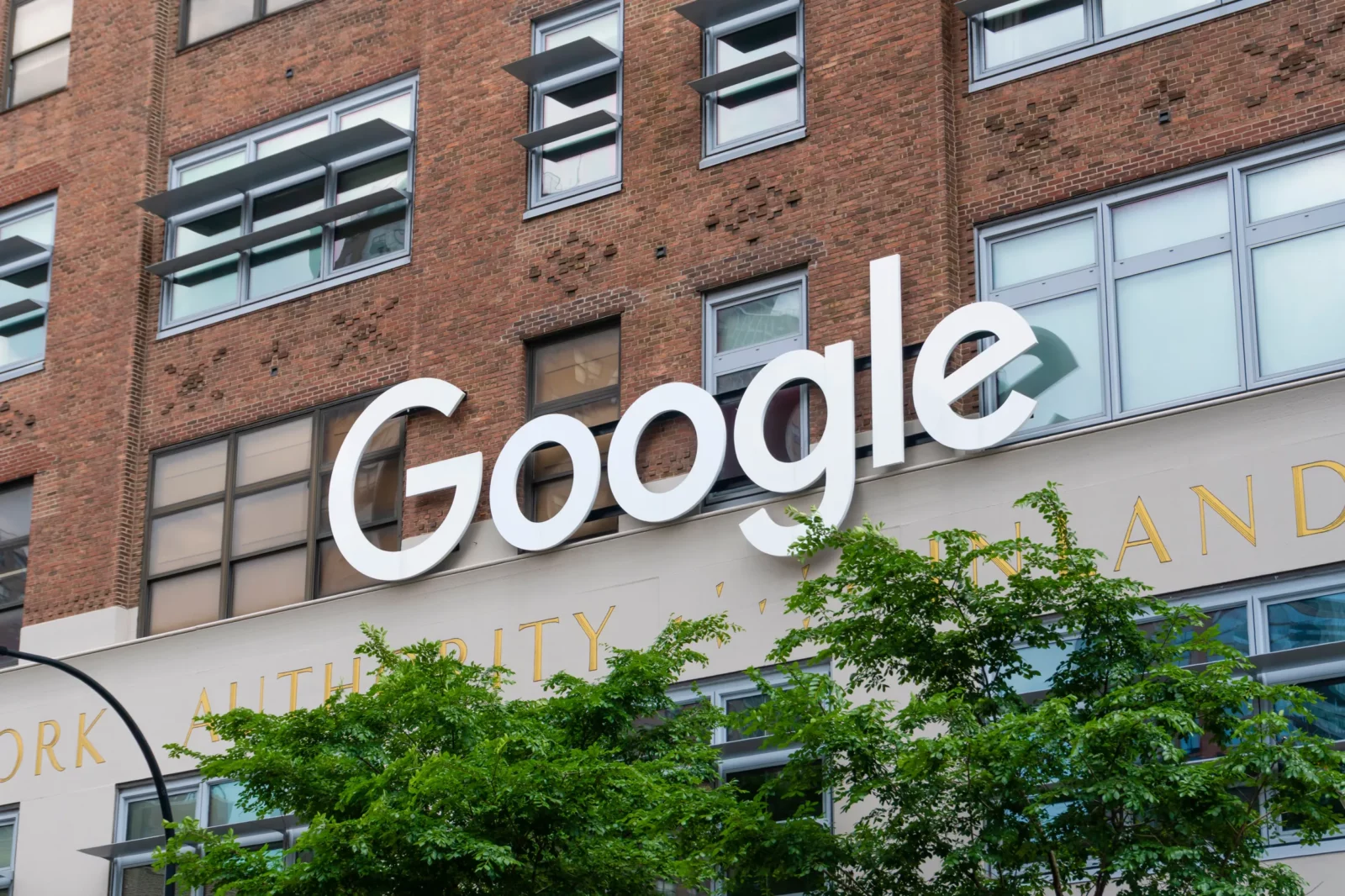VHT v. Zillow: Not All Search Is Equal?
The U.S. Court of Appeals for the Ninth Circuit recently issued a decision in VHT v. Zillow, which reinforces earlier holdings concerning volitional conduct and secondary liability, but also establishes new limits on the line of fair use cases regarding search engines.
The facts and procedural posture of the case are complex. Zillow is an online real estate marketplace. The Zillow website has a “Listing Platform,” which features photos and information about real estate properties. Additionally, the website has a “Digs” section oriented towards home improvement remodeling, where photos of well-designed rooms are displayed. Zillow tags some of the photos on the Listing Platform so that Digs users can search the photos by criteria such as room type, style, cost, and color.
VHT is a professional real estate photography studio. Real estate brokers hire VHT to take photos of properties for listings. The brokers receive a license to use the photos, and upload them to the Zillow site. The licenses have different terms; some are perpetual (“evergreen”) while others last until the property is sold (“deciduous”). VHT alleged that Zillow used thousands of its photos in excess of the license terms. It claimed that: 1) Zillow was directly liable for the display of VHT photos on the Listing Platform after the properties had sold; 2) Zillow was directly liable for the display of VHT photos on Digs; 3) Zillow was secondarily liable for the display of VHT photos on Digs. Because there were different types of uses on Digs, the jury and the district court found for VHT for some uses and Zillow for others. Both parties appealed to the Ninth Circuit. The discussion below of the Ninth Circuit’s decision will address only its most important holdings.
Volitional Conduct
The Ninth Circuit started its analysis of direct infringement by discussing the volitional conduct requirement. It quoted the Ninth Circuit’s 2017 decision in Perfect 10 v. Giganews that “direct liability must be premised on conduct that can reasonably be described as the direct cause of the infringement.” The Zillow court noted that “this prerequisite takes on greater importance in cases involving automated systems, like the Zillow website.” The Ninth Circuit referred to the “instructive background” on the volitional conduct requirement offered by Justice Scalia’s dissent in Aereo. The court added that the requirement was consistent with the Aereo majority opinion, even though the majority opinion did not mention it. The court explained that “to demonstrate volitional conduct, a party like VHT must provide evidence showing the alleged infringer exercised control (other than general operation of its website); selected material for upload, download, transmission or storage; or instigated any copying, storage, or distribution of its photos.”
Direct Infringement—Listing Platform Photos
VHT claimed that Zillow directly infringed almost 55,000 photos displayed on the Listing Platform after the licenses in the photos terminated by virtue of the sale of the properties displayed in the photos. The Ninth Circuit found that Zillow did not engage in the volitional conduct necessary to support a finding of direct liability. The court noted that the photos were uploaded by third parties that attested to the permissible use of the photos. These third parties also indicated whether the photos had evergreen or deciduous rights.
Zillow established “trumping” rules to address situations where multiple versions of the same photo were submitted by different parties, and different license terms attached to these different versions. Zillow gave preference to the photos with evergreen rights. The court found that this preference was a reasonable way to design an automated system to manage multiple versions of the same photo, and did not constitute volitional conduct. The court concluded that Zillow did not exercise control over these photos beyond the general operation of its website.
Direct Infringement—Digs Photos
VHT claimed that Zillow’s use of almost 30,000 photos on the Digs portion of the Zillow website infringed VHT’s copyright. The Ninth Circuit rejected this claim for various subsets of these photos. For over 2,000 photos posted by users to personal boards on Digs, there was insufficient volitional conduct by Zillow. Significantly, the court found that Zillow’s “behind-the scenes-technical work” on these photos—caching that automatically trimmed or padded these images to match target resolution for the purpose of accelerating website speed—did not amount to volitional conduct. Further, promotion of Digs could not be seen as instigating infringing conduct by users.
For over 22,000 photos, there was insufficient evidence that the photos had actually been displayed. VHT attempted to argue that Zillow had infringed the display right by making these photos available for display. The Ninth Circuit observed that the position that the display right encompassed an exclusive right to make available for display was “neither supported by statute nor embraced by this court.” Moreover, the Ninth Circuit found that VHT was raising this “making available” argument too late in the proceedings. VHT did not include the making available theory in its proposed jury instructions, and thus the district court never instructed the jury on this theory.
Nevertheless, the Ninth Circuit upheld the lower court’s direct infringement determination with respect to a set of 3,921 photos that Zillow moderators selected and tagged to be searchable on Digs and that were in fact displayed on Digs. On appeal, Zillow did not challenge that it was the volitional actor with respect to these photos. Rather, it appealed the district court’s rejection of its fair use defense concerning these photos. Zillow contended that its searchable functionality was a fair use as a matter of law, relying on a line of cases relating to search engines.
Zillow argued that Digs effectively was a search engine, which made its use of the VHT photos transformative and thus a fair use. VHT replied that Digs was not a search engine and that tagging for searchable functionality was not transformative. In response to these “dueling search engine characterizations,” the Ninth Circuit provided a detailed history of the search engine cases, starting with the Ninth Circuit’s 2003 decision in Kelly v. Arriba Soft. The Ninth Circuit then discussed Amazon v. Perfect 10 and Authors Guild v. Google. Interestingly, this survey of search engine cases did not include Authors Guild v. HathiTrust and Fox News v. TVEyes.
After this history, the Ninth Circuit compared Digs with the search engines in these earlier cases: “Though we agree that Digs is a type of search engine because it offers searchable functionality, it is qualitatively different from Google and other open-universe search engines, as well as different from the Google Books search engine.” In essence, “not all search engines are created equal.”
Unlike the Internet-wide search engines in Amazon and Kelly, “Digs is a closed-universe search engine that does not crawl the web.” Users can only search for images “within Digs’ walled garden, which includes VHT photos.” The Digs search results do not link users to the original source of the photos, such as VHT’s website. Instead, they link to other pages within Zillow’s website. Additionally, Digs “does not fundamentally change [the photos] original purpose when produced by VHT: to artfully depict rooms and properties.” Furthermore, Digs displays the entire image, not a thumbnail as in Kelly and Amazon.
While the Google Books search engine “tests the boundaries of fair use,” according to the court, Digs “goes one step further—and crosses the line.” Google Books, like Digs, operates a closed database comprised of complete digital copies. However, “the similarities end there.” Google Books has the broad public purpose of “identifying information instantaneously supplied that would otherwise not be obtainable in lifetimes of searching.” Google Books therefore augments public knowledge. Additionally, the uses enabled by Digs are not “remotely comparable to the unprecedented text mining, word pattern, frequency of use, and other statistical analyses made possible for the first time by Google Books.” Significantly, Google Books only displays snippets of books, and will exclude any snippet display at the request of the rights holder.
The Ninth Circuit concluded that “any transformation by Zillow pales in comparison to the uses upheld in prior search engine cases.” The court then quickly marched through the other three fair use factors, finding that they all tilted against Zillow. On this basis, the Ninth Circuit affirmed the district court’s rejection of Zillow’s fair use defense. By carefully distinguishing Digs from the previous search engine cases, the Ninth Circuit panel provides helpful guidance on its view of the limits of fair use in the search engine context.
Secondary Infringement—Digs Photos
The Ninth Circuit affirmed the district court’s finding that Zillow was not secondarily liable for the use of VHT photos on the Digs website. The Ninth Circuit used the standard for contributory infringement that it first articulated in Perfect 10 v. Visa: contributory infringement requires that a party “(1) has knowledge of another’s infringement and (2) either (a) materially contributes to or (b) induces that infringement.” The court then relied upon its definition of material contribution in Giganews: “In the online context, a computer system operator is liable under a material contribution theory of infringement if it has actual knowledge of that specific infringing material is available using its system, and can take simple measures to prevent further damage to copyrighted works, yet continues to provide access to infringing works.” The Ninth Circuit found that VHT did not provide Zillow with sufficiently detailed information for it to gain actual knowledge of specific infringing material on its site. In particular, VHT did not provide Zillow with the licenses indicating that the photos were deciduous rather than evergreen.
The Ninth Circuit also recited the standard for vicarious infringement in Giganews: “VHT must prove Zillow has (1) the right and ability to supervise the infringing conduct and (2) a direct financial interest in the infringing activity.” The court found that “once VHT photos were uploaded to the Listing Platform with appropriate certification of rights, ferreting out claimed infringement through use on Digs was beyond hunting for a needle in a haystack.” There was no evidence that Zillow had “the technical ability to screen out or identify infringing VHT photos among the many photos that users saved or uploaded daily to Digs.”
Damages
The amount of statutory damages turns on whether VHT’s photos were part of a compilation. If they were part of a compilation, VHT was entitled to one award of statutory damages per compilation. On the other hand, if the photos were not part of a compilation, VHT could recover a separate award of statutory damages for each photo. VHT registered its photos in ten compilations. The Ninth Circuit found that while registration format is a relevant factor in determining whether the infringed work is a compilation, it is not dispositive. Other factors include whether each photo has independent economic value. Because the district court made no explicit determination of whether the photos were part of a compilation, the Ninth Circuit remanded this issue to the district court for further proceedings.
Conclusion
The Ninth Circuit’s opinion in this case further solidifies the centrality of the volitional conduct requirement. It also joins a growing body of case law concerning search engines and fair use.








